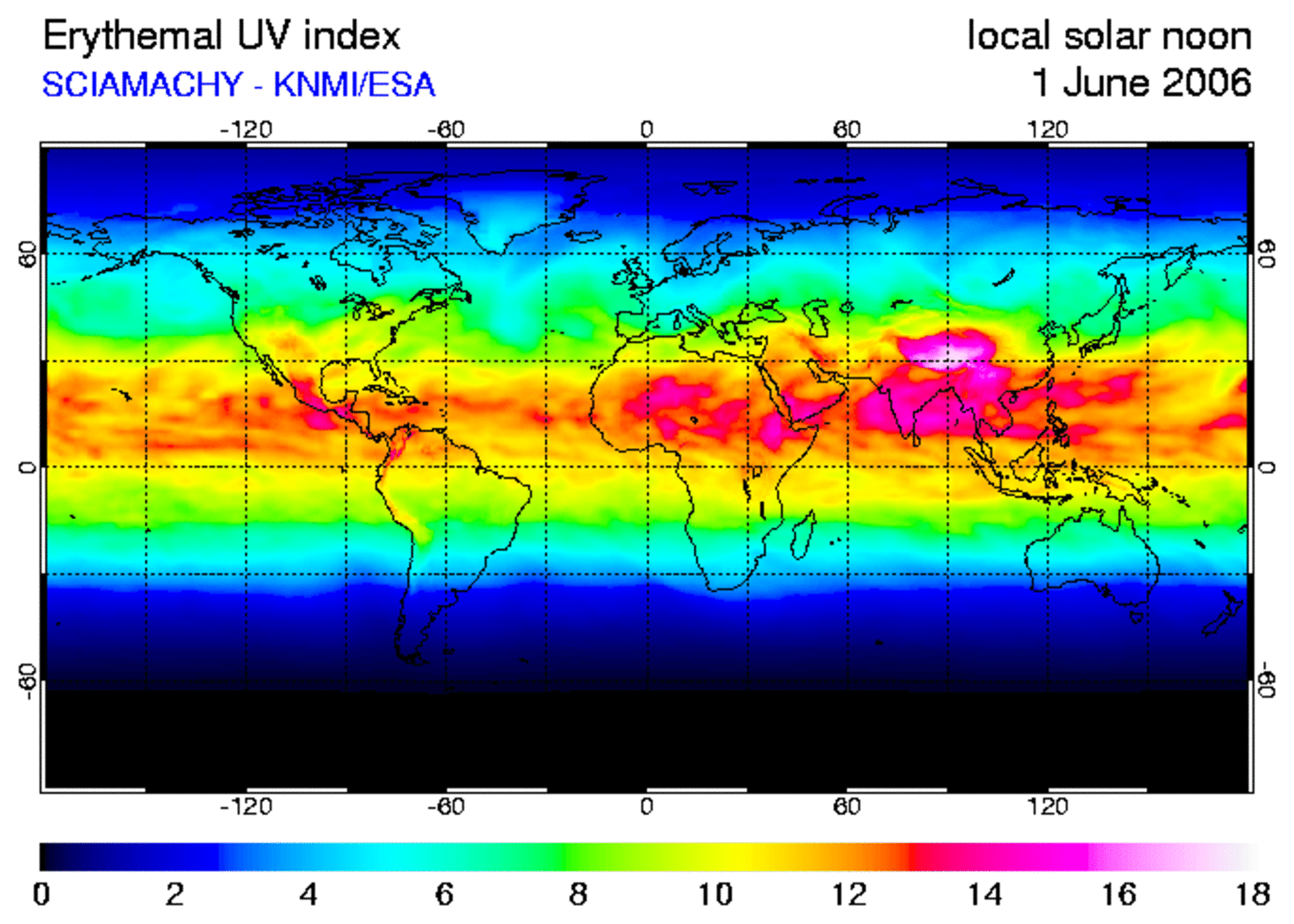Earth observation
Earth observation enables us to measure physical, chemical and biological parameters not only globally but also locally almost anywhere on the globe. Most such observed parameters affect health on our planet, information about which can provide measurements for research as well as useful prognoses.
With the help of Earth observation satellites a massive quantity of diverse information about our planet is continuously being gathered and transmitted to Earth. Various recording instruments measure and photograph Earth, transmitting data on many different environmental parameters which have an impact on health. Direct threats to health, such as atmospheric particulates and reactive gases, and marine pollution such as harmful algal blooms and oil spills can all be monitored in real time. Satellites provide a vast array of meteorological data used to predict extreme weather events, such as the recent summer heat waves in Europe.
New developments in epidemiological modelling rely on environmental data sets such as land surface temperature, topography, urban density, vegetation distribution and maps of water bodies. This information can be used to build early warning systems to predict outbreaks of diseases such as malaria, and also to investigate the unknown environmental factors which determine the spread of lesser understood diseases like Ebola. Importantly, this type of information can also be used to help target eradication programmes for disease vectors, massively reducing both the financial costs as well as the negative health impacts resulting from excessive use of pesticides.




